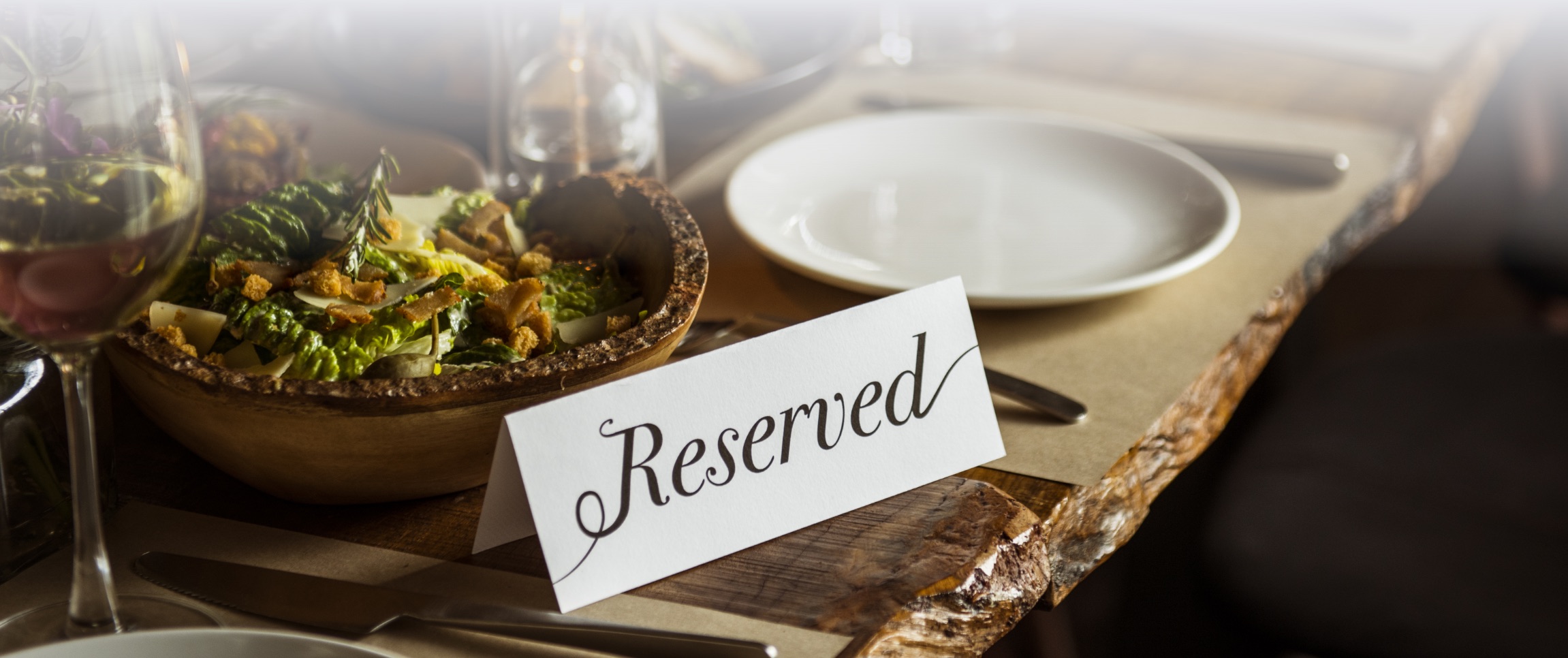Operators are finding new ways to manage seating in order to maximize profits
Here it is, another bustling Saturday night. Things are going great. Well, except for that obviously empty six top in a prime location in the middle of the dining room. Are they running late, or are they a no call/no show? Do you hold the table a little longer or quickly break it down for the walk-ins sitting at the bar?
That empty six top is far too often an occurrence under normal circumstances — even with precautions like confirmation calls. In the age of Covid-19, with reduced capacity and distancing requirements, that empty table can mean the difference between a decent night and a loss.
With the stakes so high, many operators are taking a hard look at their reservation policies and processes. Expensive third-party websites are looking less attractive with many people folding reservation functionality into their new online ordering systems — built to accommodate the explosion in delivery and takeout demand. Others are going old school, pulling out the reservation book and doing it all by hand.
Regardless of the system used, the long running debate about securing reservations with a credit card has perhaps never been more important. The fear of alienating a customer or two with a deposit requirement might very well be less important than it used to be, and with change happening at the speed of light these days, there’s a good chance of the need being well understood by the people most likely to support your business. The key is to communicate the policy well, be consistent and, yes, follow through.
Reservations have always been somewhat open-ended affairs. Usually that’s not an issue except when your staff really wants to leave after a long night, but these days, every table matters and a table camping out can put a real crimp in the ability to turn tables. To combat this, especially on weekend evenings or busy brunch services, tables are being capped at 90-minute time slots to ensure time to properly clean and sanitize a table and be ready for the next guests. Properly communicated, people can be pretty understanding of time limits, just be prepared to be flexible if there are kitchen delays with the food so they don’t feel rushed when time is running out.
At the other end of the spectrum is the growing trend to eschew reservations altogether. A bit of a gamble but with such a huge reduction in the number of tables coupled with a significant amount of pent-up demand, it’s one that can pay off during these uncertain times. Having a host or hostess who can read the dining room and accurately judge how quickly tables are turning can give realistic wait times, maximize seating capacity, and keep people from looking elsewhere or leaving mad.
Going reservation-less does have its challenges. You don’t want a crowd waiting at the host stand, and social distancing in your bar area has its own set of challenges. Fortunately, like so much else, there are apps for that. Certain tools can connect you and your customers, telling them how many tables are in front of them, how long it might be, and even permitting them to cancel their slot without having to return to the host stand. Now, instead of clogging up your entrance, they can wait outside in their car or even take a walk around the neighborhood without worrying about missing their table. Even better, if you do have a socially-distanced waiting area where diners can get a drink while they wait, they won’t feel forgotten or be constantly asking your door people how much longer — it’s right there on their phone!
Over the last decade there has been a huge change in the way reservations are received, from the enormous bound reservation book to nimble digital apps and third party managed solutions. Diners love the convenience but, at the end of the day, they are more for you to be able to manage and plan your business. With uncertainty and capacity issues, how you manage them (or dispense with them altogether) can be key to your restaurant’s ability to flourish.



